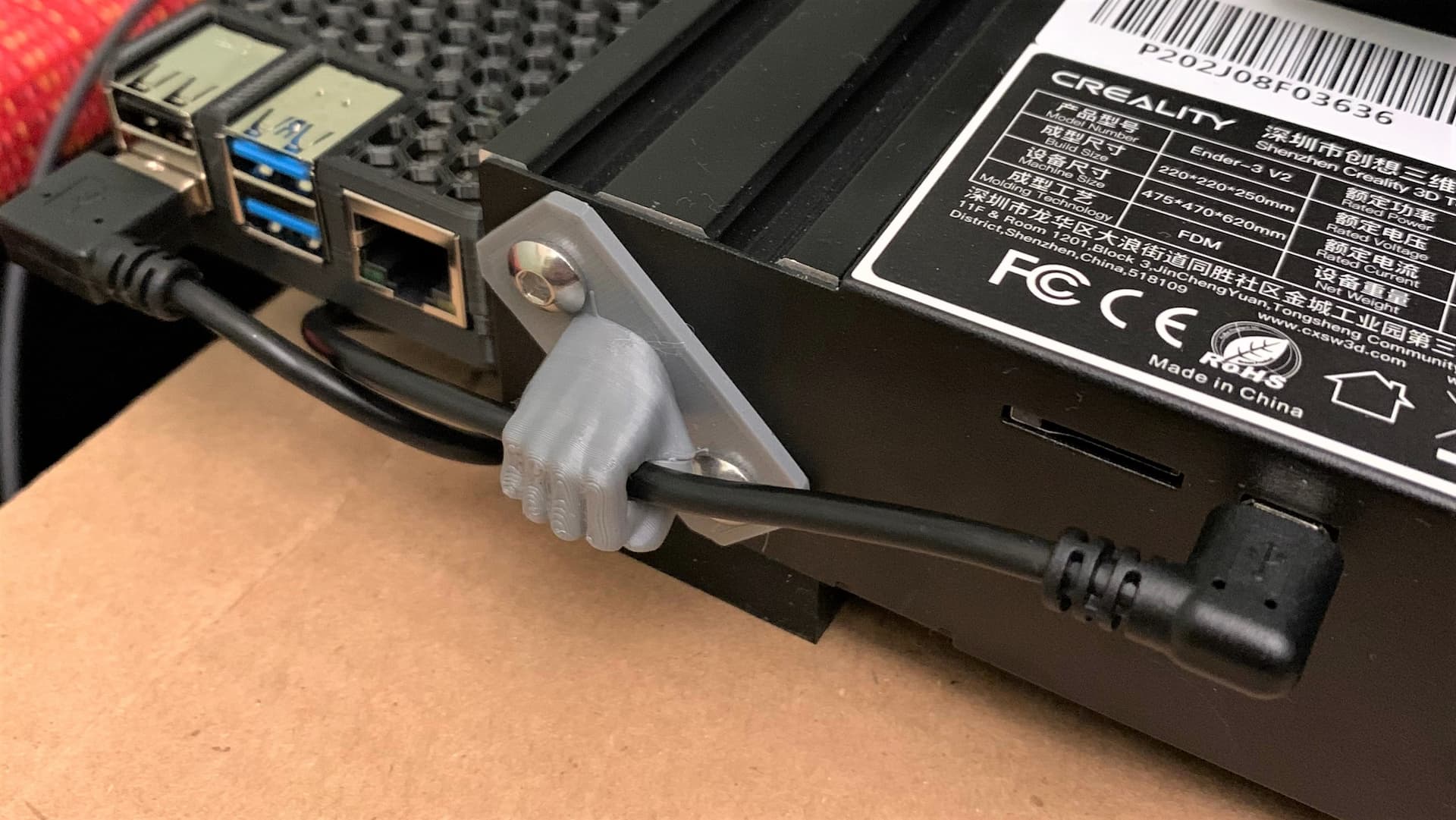

You can find out the actual power output of your USB ports as well as the amount of power that is being used by your connected devices.
USB PORT POWER SETTINGS HOW TO
How to Check Power Output of a USB Port on Windows 10
USB PORT POWER SETTINGS PC
However, sometimes, you may find that your PC also has a standard downstream port (SDP). On a desktop PC or laptop, you’d usually have charging downstream ports (CDPs). So, how much power can a USB 2.0, USB 3.0, and USB 3.1 port supply? Each time a new USB standard is introduced, we witness an increase in data transfer rate and power output.

USB PORT POWER SETTINGS SERIAL
Universal Serial Bus technology has seen a couple of improvements since the inception of USB 1.0 in the 1990s.

One thing every computer user must know is that not all USB ports are the same. If it is inadequate, you might not be able to use your USB device on your computer. Since power is an essential factor in USB usage, you must learn how much your ports are supplying. Well, it’s all related to the power output. Perhaps, you notice that a peripheral seems not to be working as well as it should on one port but works perfectly on another port. Have you ever wondered why sending files from your computer to your external hard drive, SSD card, or flash drive seems to drag on forever on one USB ports? However, when you try a different port, the transmission is much faster. Moreover, the power output’s capacity will determine if your device can only run keyboards, printers, and mice. However, did you know that the power output of your computer’s USB port determines how fast you can transfer files or charge a connected device? Capabilities for facilitating system backups and large file transmissions also depend on it. That’s how the ports can read peripherals, such as a mouse, keyboard, camera, smartphone, hard drive, and other storage devices. Your PC supplies current to its USB ports.


 0 kommentar(er)
0 kommentar(er)
